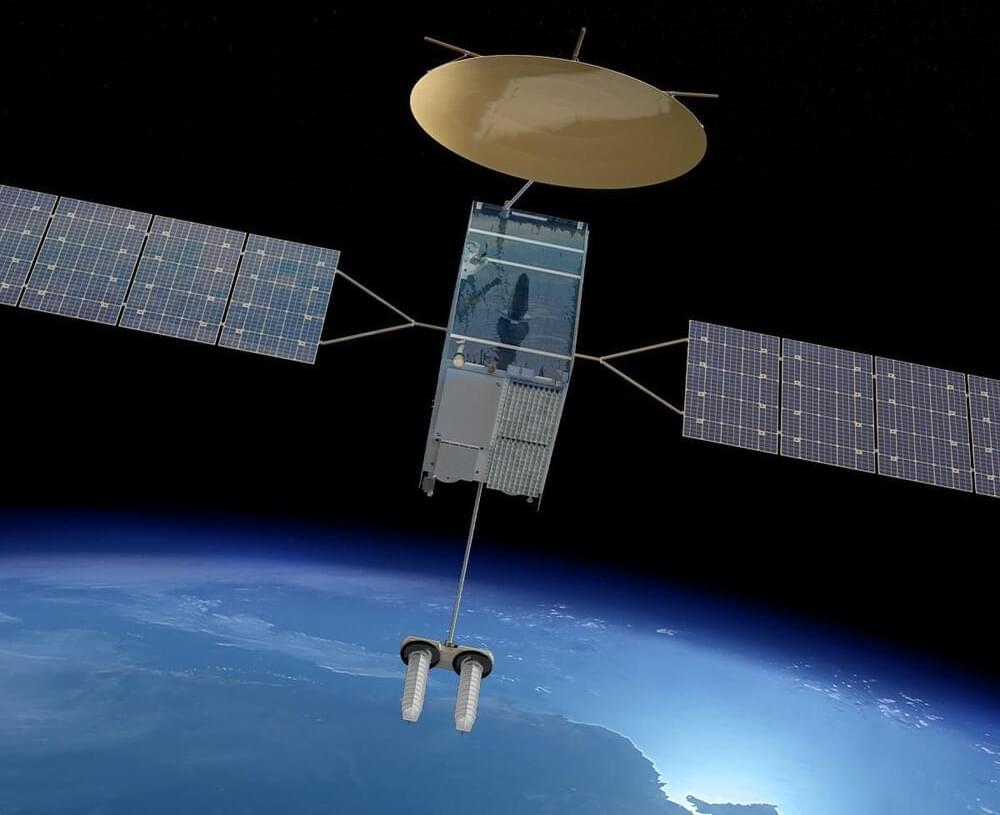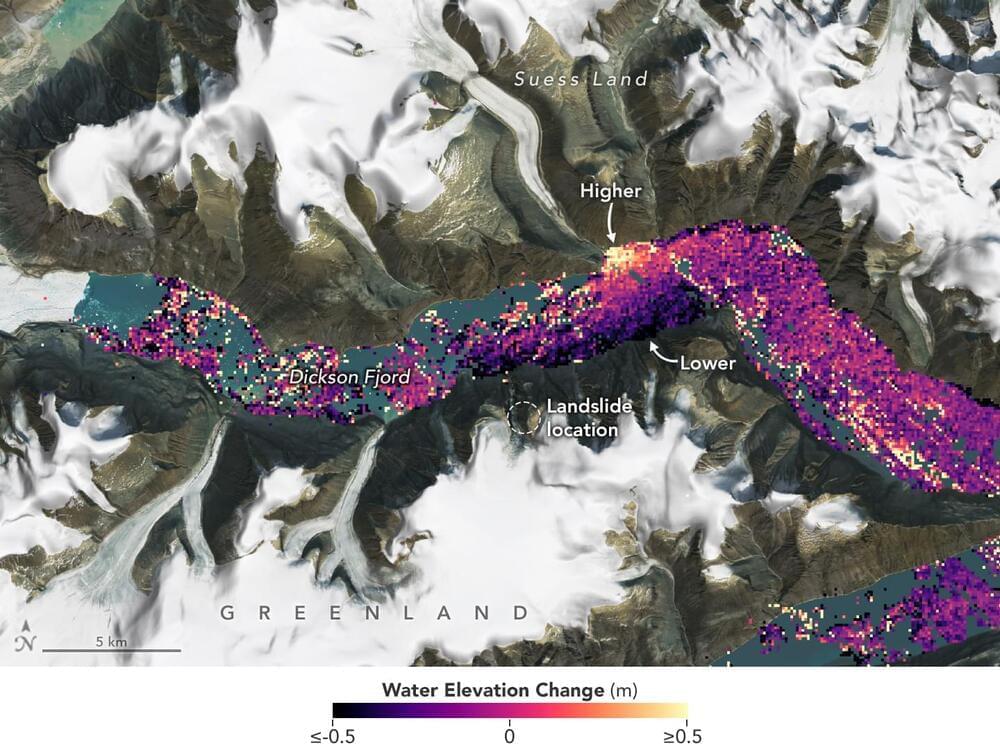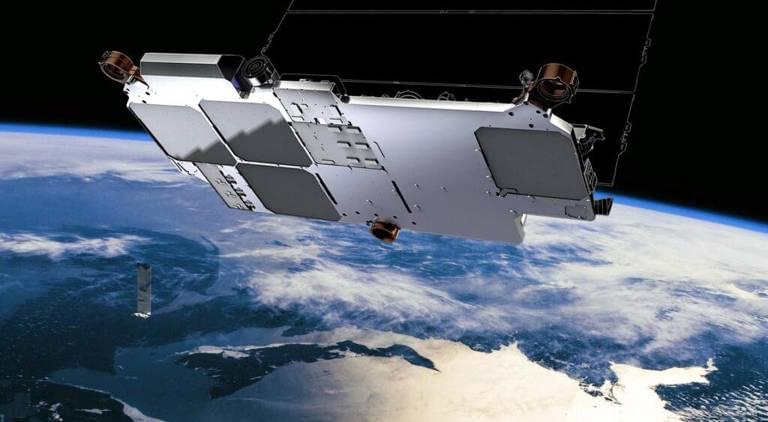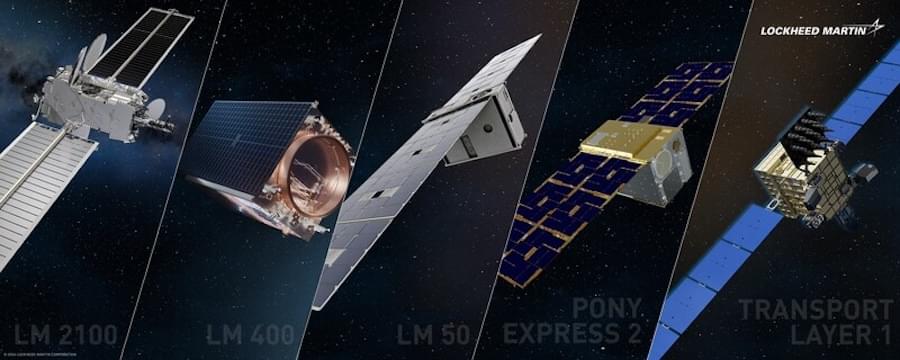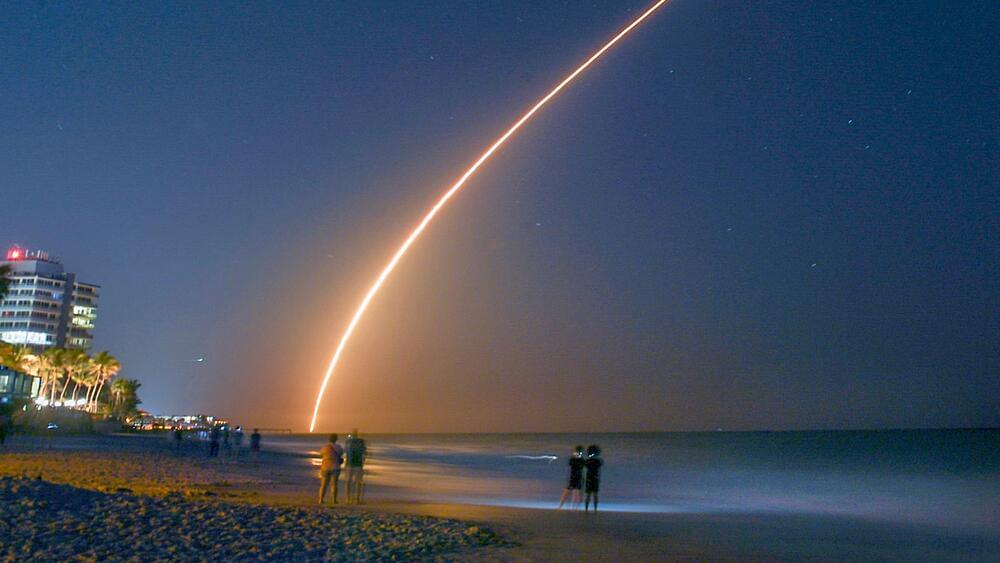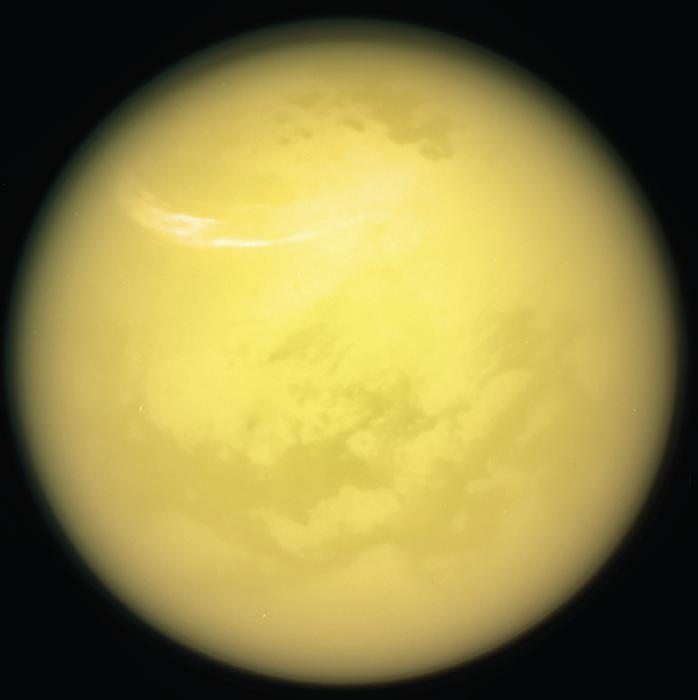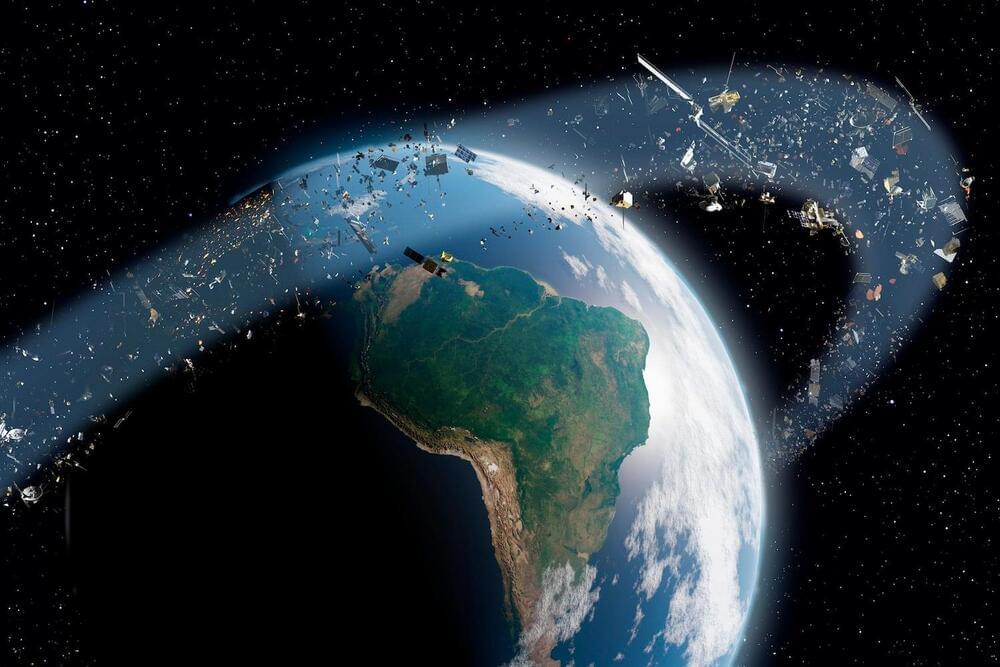WASHINGTON — The Australian Department of Defence announced the cancellation of its JP9102 military satellite program, an estimated $5 billion project awarded to Lockheed Martin just 18 months ago, citing shifts in satellite technology and the market’s pivot toward multi-orbit space communications.
The cancellation of Australia’s JP9102 satellite program is yet another sign of the disruptive impact that low Earth orbit space internet services, led by the rapid growth of SpaceX’s Starlink, are having on the traditional satellite communications industry and government procurement models.
JP9102, or Defence Joint Project 9,102, was launched in 2021 with plans to develop between three to five geostationary satellites and ground systems, marking one of Australia’s most ambitious space infrastructure ventures.
